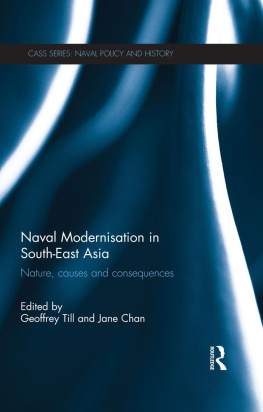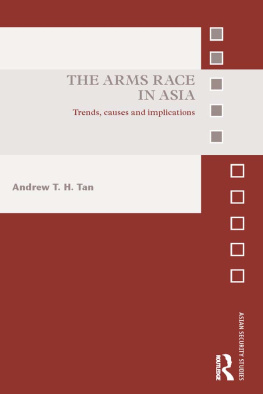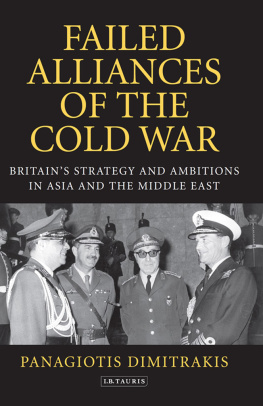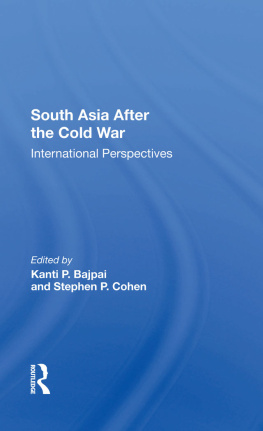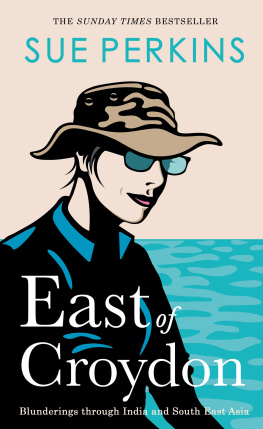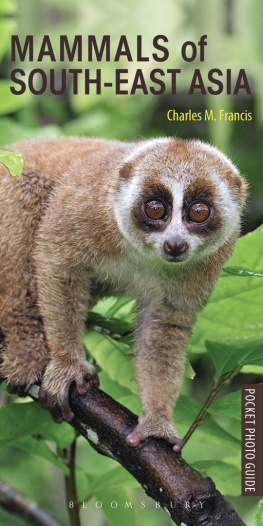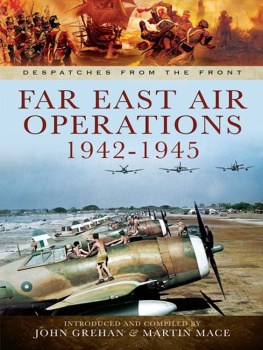First published 2002 by Ashgate Publishing
Reissued 2018 by Routledge
2 Park Square, Milton Park, Abingdon, Oxon OX14 4RN
711 Third Avenue, New York, NY 10017, USA
Routledge is an imprint of the Taylor & Francis Group, an informa business
Copyright Mark G. Rolls, 2002
All rights reserved. No part of this book may be reprinted or reproduced or utilised in any form or by any electronic, mechanical, or other means, now known or hereafter invented, including photocopying and recording, or in any information storage or retrieval system, without permission in writing from the publishers.
Notice:
Product or corporate names may be trademarks or registered trademarks, and are used only for identification and explanation without intent to infringe.
Publishers Note
The publisher has gone to great lengths to ensure the quality of this reprint but points out that some imperfections in the original copies may be apparent.
Disclaimer
The publisher has made every effort to trace copyright holders and welcomes correspondence from those they have been unable to contact.
A Library of Congress record exists under LC control number: 2002071214
ISBN 13: 978-1-138-73982-6 (hbk)
ISBN 13: 978-1-315-18355-8 (ebk)
This book had its origins in my work in the early 1990s on the factors which influenced various regional states arms acquisitions when I was Swan Hunter International Research Fellow in South-East Asian Studies at the University of Wales, Aberystwyth. In those early post-Cold War years, there was much discussion on whether or not an arms race was occurring in South-East Asia. Whilst some of this discussion was well informed, much of it was not and the term arms race often seemed to be applied too loosely. Moreover, and this seemed to be a fundamental problem, there was an evident lack of understanding of what the regional situation was in this regard before the onset of the 1990s. Without such an understanding it was difficult to tell whether or not anything exceptional was occurring or even whether what was occurring might have long-term antecedents. Motivated by these concerns, and armed with Buzans theory of the arms dynamic - which provides a useful way both of analysing the factors which lead states to acquire arms and of describing the overall pattern of behaviour which occurs -I subsequently completed my doctoral research in the Centre for South-East Asian Studies at the University of Hull. The Second Cold War period is important both in its own right and for how it informed what subsequently occurred. In this latter sense, it clearly illustrated that there was already an accelerating level of arms acquisitions in the region prior to the end of the Cold War - though not a race. The early post-Cold War period, therefore, was more a continuation of recent past practice than anything radically new, whilst many of the main influences at work (for example, the demands of defence policy and strategy and the effects of the technological imperative) were already well-established ones.
As with all such projects a number of people, either directly or indirectly, have assisted in its completion. I would like to offer my special thanks, however, to Tim Huxley who has assisted me in so many ways over the last ten years and without whom this book would probably never have been written. Both he and Mike Smith provided comments on how best to transform my thesis into a readable and marketable book (all of which I took into consideration but did not always act upon). Thanks are also due to Kirstin Howgate, the commissioning editor at Ashgate, for providing me with the opportunity to gain a wider readership for my work and to Frances Douch (the administrative secretary in my department at Waikato) and the editorial staff at Ashgate for their assistance in the technical side of book production. I would also like to thank the University of Waikato for granting me a period of study leave in which I was able to complete the manuscript for the book (and, indeed, the originators of our generous study leave scheme without which it would be almost impossible to do any proper research at all).
My deepest gratitude, as always, goes to my wife Sheeba for both looking after me and putting up with me. She also made the finished work a good deal more concise than it would otherwise have been.


